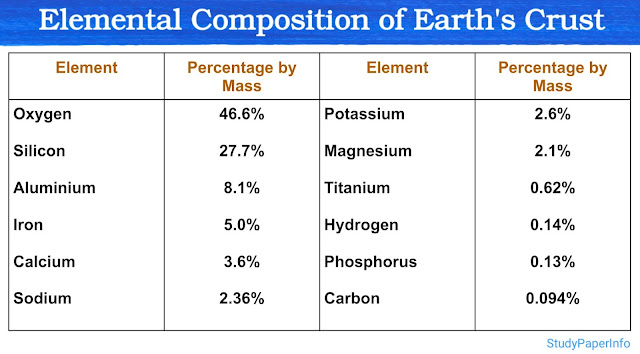Why three factor mapping is generally considered for linkage map preparation
Linkage mapping is a method used in genetics to determine the relative positions of genes on a chromosome. It is based on the principle that genes located close to each other on the same chromosome tend to be inherited together. To prepare a linkage map, geneticists rely on recombination frequencies between genes. Among various mapping techniques, three-factor mapping is the most informative and widely used when constructing linkage maps. It involves the use of three linked genes in a single cross and allows for a deeper understanding of gene arrangement and recombination patterns. It gives more detailed and accurate information than a simple two-point test cross. Here are the key reasons why three-factor mapping is generally preferred: 1. Accurate Gene Order Detection In two-factor crosses, we can only know whether genes are linked and how far apart they are, but we cannot determine the actual sequence or order of multiple genes. In three-factor mapping, we can clearly find...





